Swiss Institute’s new home by Selldorf Architects throws open its doors

New York City may be dominated by its big name art museums, but in the East Village neighbourhood, a beloved non-profit dedicated to contemporary art is currently the talk of the town. Since its founding in 1986, the Swiss Institute has been a nomadic entity – occupying a variety of spaces in downtown Manhattan that were leased temporarily. This month, the institution moves into its first adult home – a some-700 sq m former bank building on St. Marks Place that’s been designed by Selldorf Architects.
Originally built in 1954 by the architecture firm Alfred Hopkins & Associates, the Swiss Institute’s new home is an accessible and inviting space that has been designed to the institutions specifications and also in direct dialogue with its artists. Spread over four floors, the versatile space is comprised of galleries for both exhibitions and public programming, a library, a bookstore operated by the non-profit organisation Printed Matter – dedicated to artists’ books – as well as a rooftop terrace and garden. Flexible and welcoming, thanks to its open floor plans, the design of the new space makes nod to the institute’s diverse and innovative approach.
To maintain a connection to the building’s former life, Selldorf Architects restored its distinctive façade, which pairs cream-coloured brick with a black granite base, limestone surrounds and pressed aluminum spandrels. The ground floor of the Swiss Institute, which formerly housed bank teller stations, a private staircase and a secure vault, has been completely opened up and installed with a reception area, the bookstore and gallery space. (The bank vault has been transformed into an intimate gallery.) With soaring 5.18m ceilings, the expansive space also allows the institute to accommodate larger artworks.
Another of the building’s notable features is the new steel and concrete staircase that features glass frontage and leads up to the second floor, where a multi-use space, art storage, the library and the restrooms are contained.
All this can’t compete with the building’s new roof though, which has been reinforced to support new art installations and foot traffic. Punctuated by a trellis that offers shade on the south side, and site-specific installations such as Valentin Carron’s heart-shaped dance floor made from pine logs, and Michael Wang’s aluminum planters that house endangered species of plants, the publicly accessible space won’t be a secret for long.
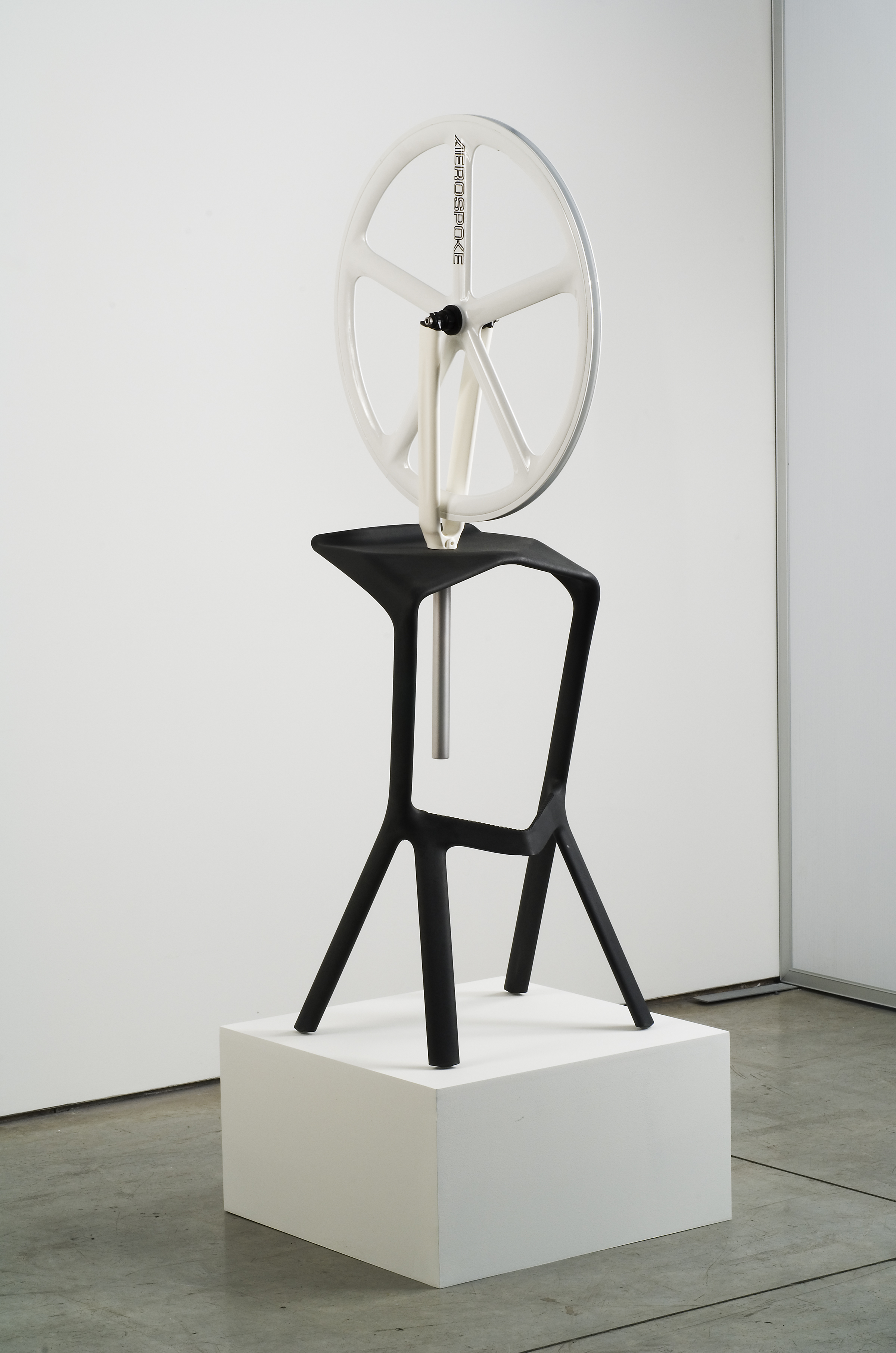
Part of the opening show, ’Technical Taxi’ by Oliver Payne and Nick Relph (2007).
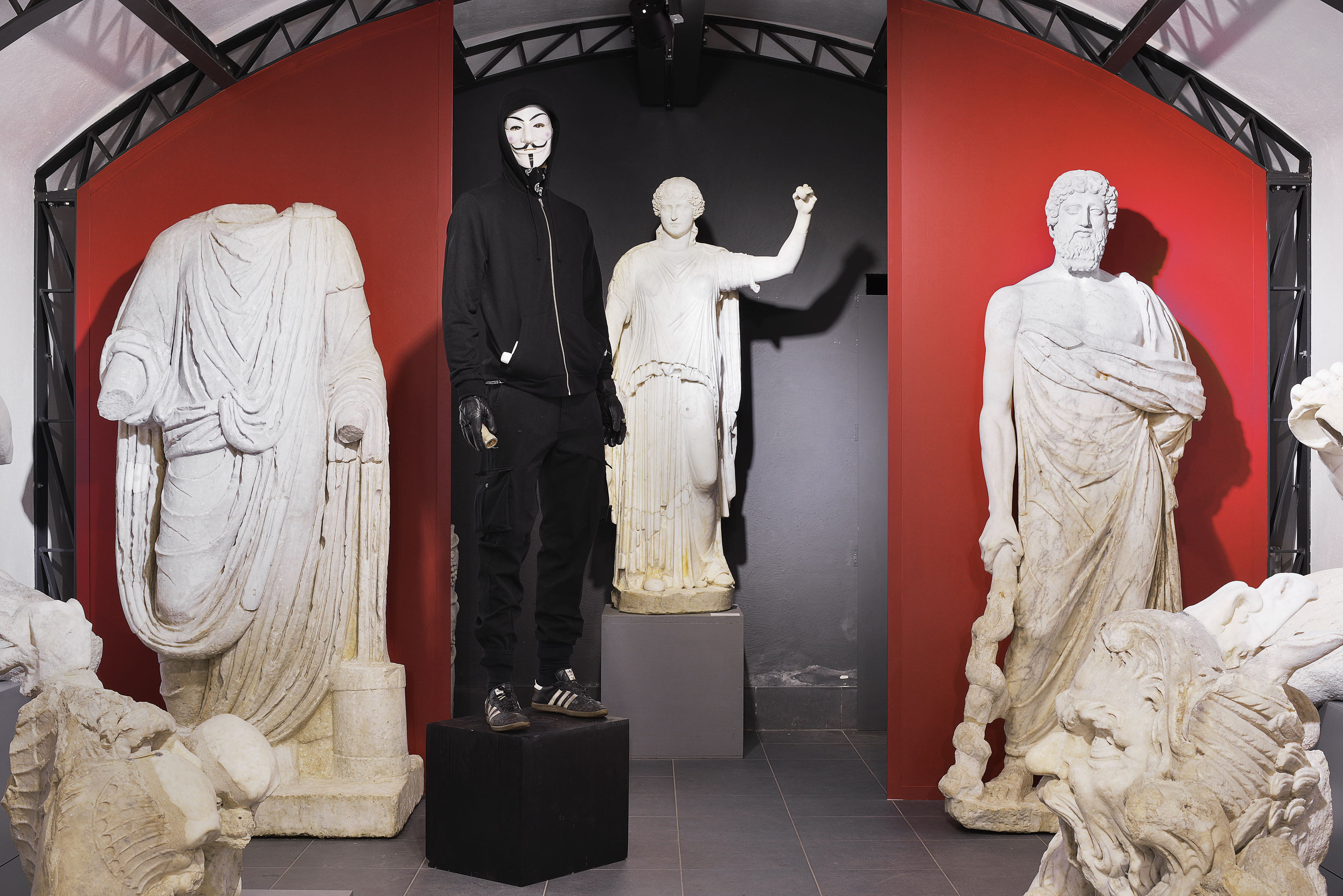
’Anonymous’ by Claire Fontaine (2016).
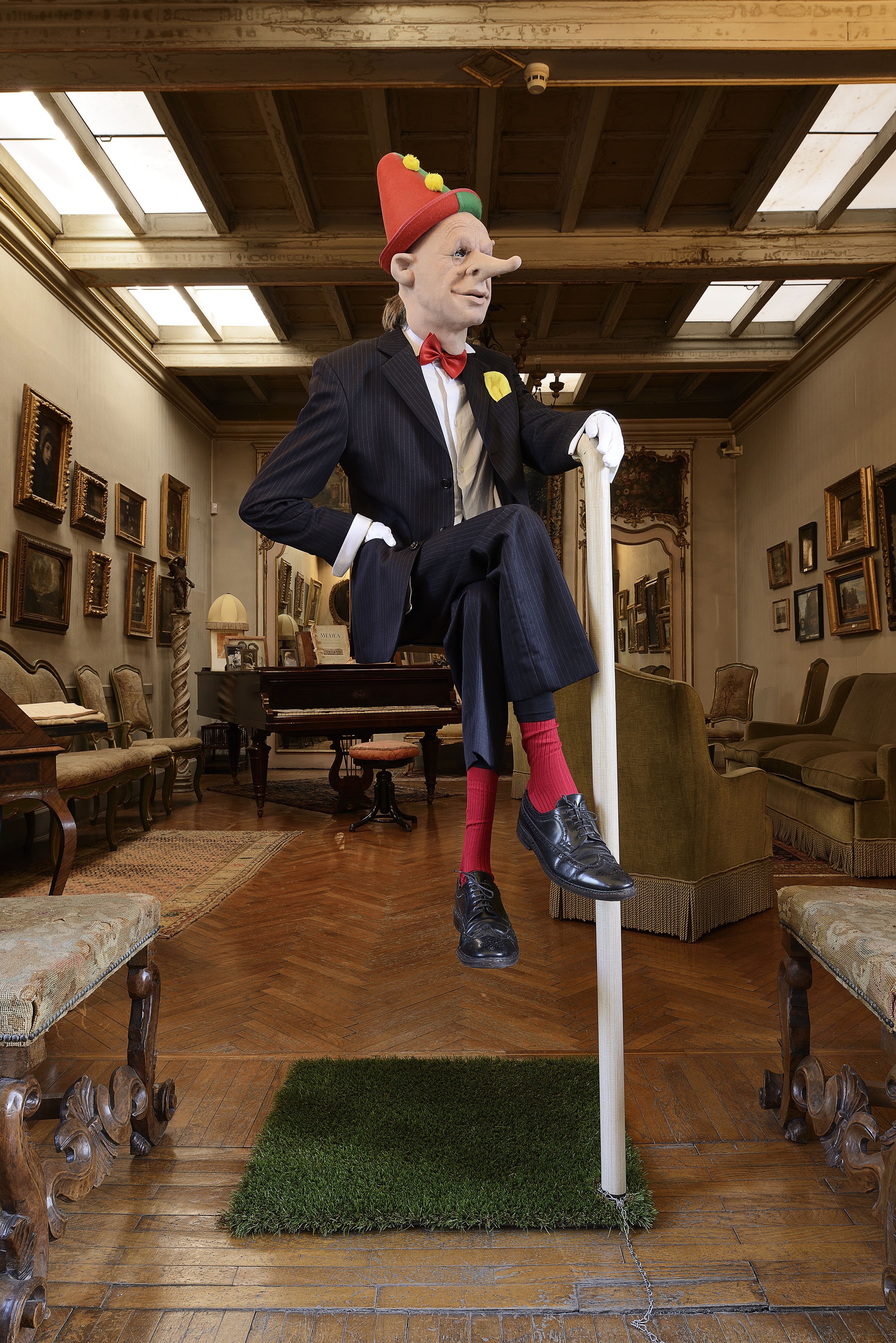
’Pinocchio’ by Claire Fontaine (2016).
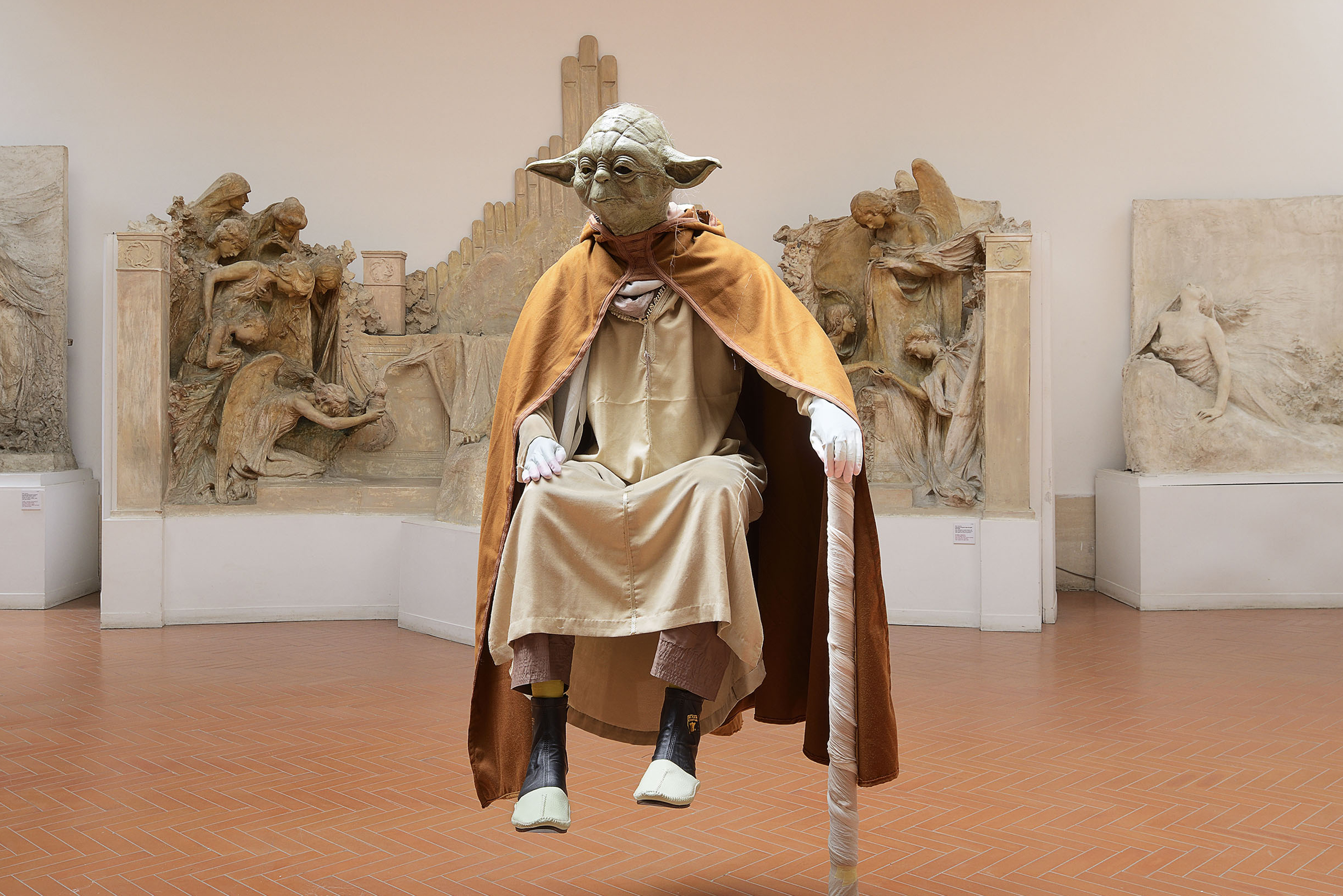
’Yoda’ by Claire Fontaine (2016).
INFORMATION
For more information visit the website of Selldorf Architects
Receive our daily digest of inspiration, escapism and design stories from around the world direct to your inbox.
Pei-Ru Keh is a former US Editor at Wallpaper*. Born and raised in Singapore, she has been a New Yorker since 2013. Pei-Ru held various titles at Wallpaper* between 2007 and 2023. She reports on design, tech, art, architecture, fashion, beauty and lifestyle happenings in the United States, both in print and digitally. Pei-Ru took a key role in championing diversity and representation within Wallpaper's content pillars, actively seeking out stories that reflect a wide range of perspectives. She lives in Brooklyn with her husband and two children, and is currently learning how to drive.
-
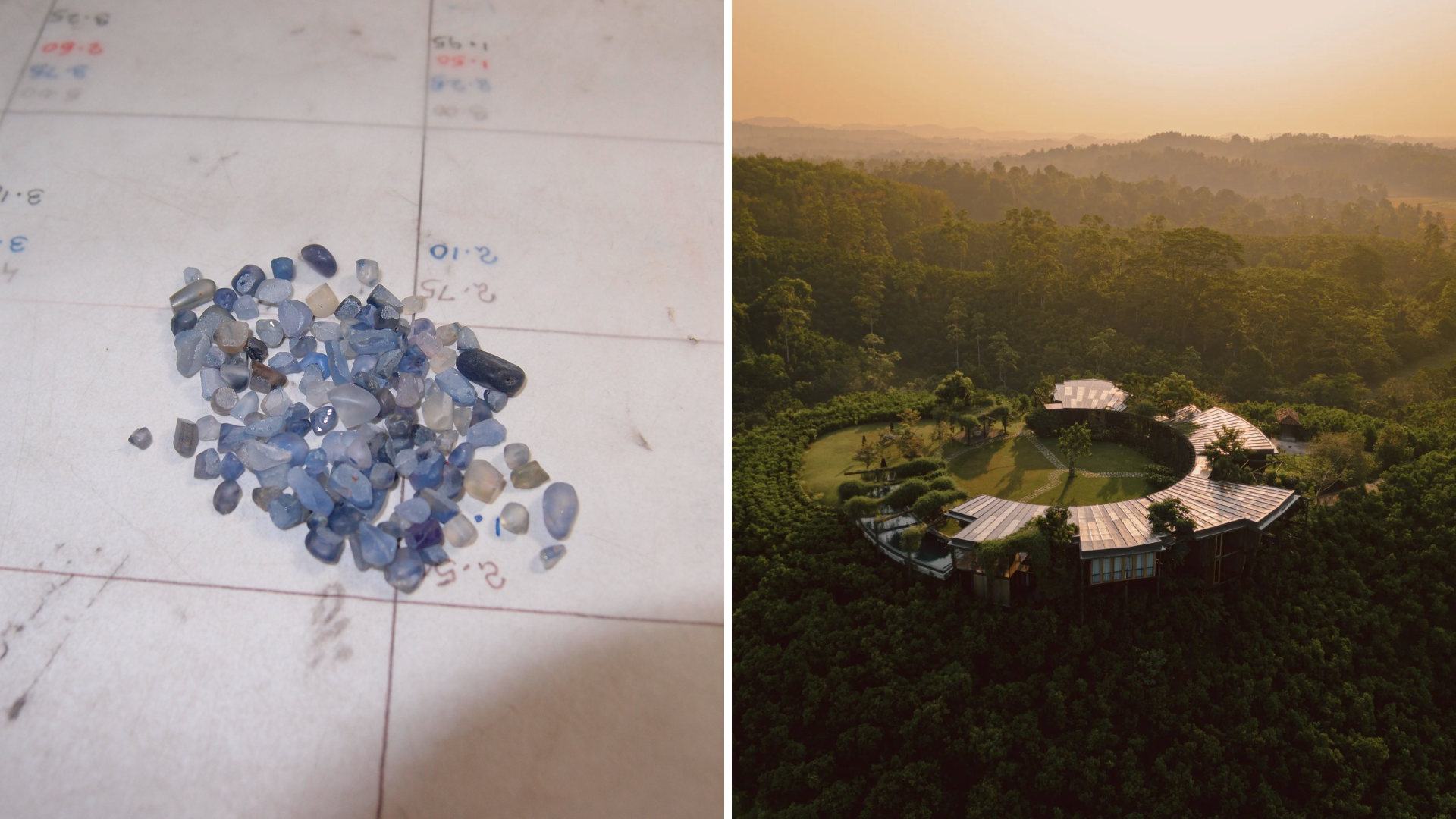 Love jewellery? Now you can book a holiday to source rare gemstones
Love jewellery? Now you can book a holiday to source rare gemstonesHardy & Diamond, Gemstone Journeys debuts in Sri Lanka in April 2026, granting travellers access to the island’s artisanal gemstone mines, as well as the opportunity to source their perfect stone
-
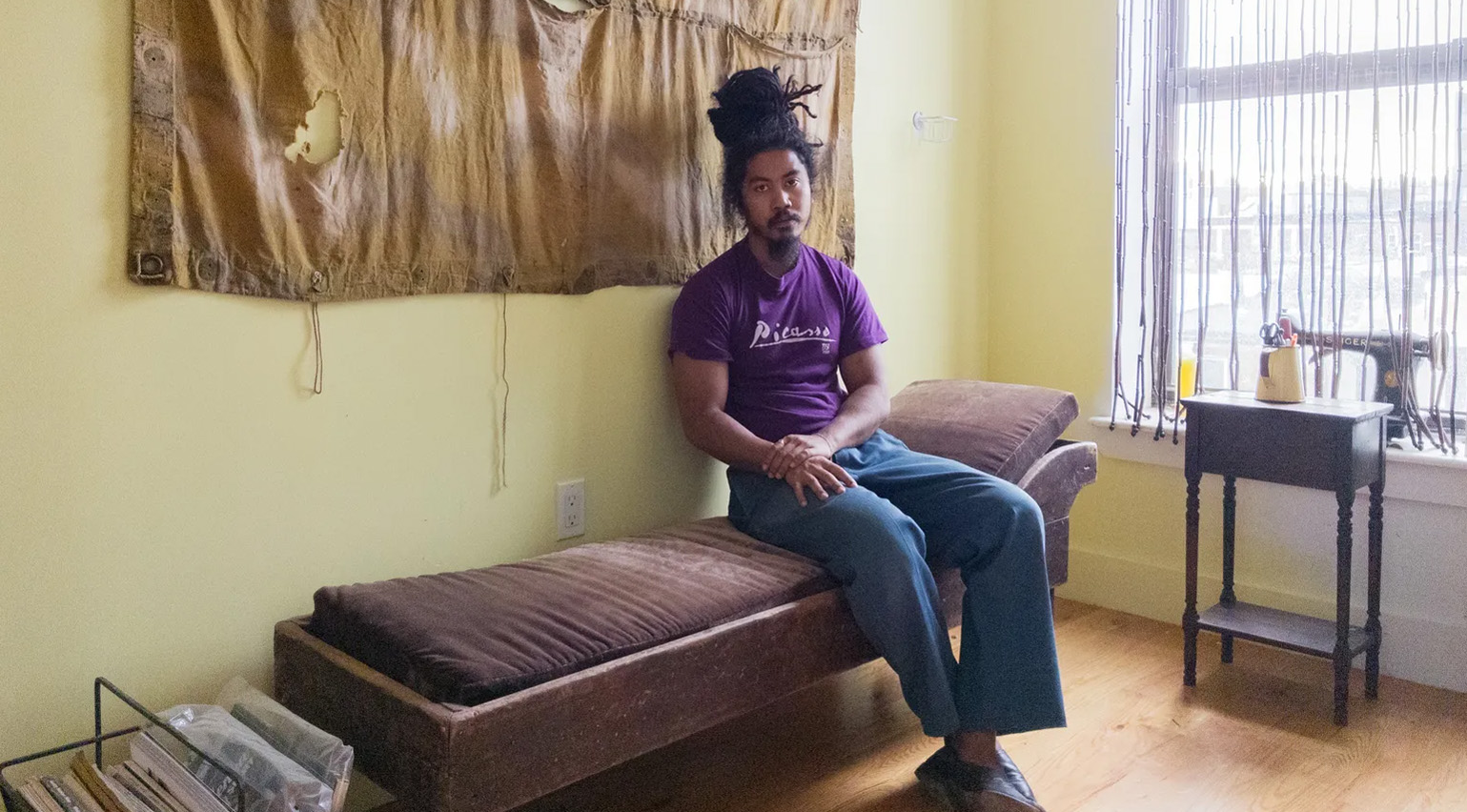 The rising style stars of 2026: Connor McKnight is creating a wardrobe of quiet beauty
The rising style stars of 2026: Connor McKnight is creating a wardrobe of quiet beautyAs part of the January 2026 Next Generation issue of Wallpaper*, we meet fashion’s next generation. Terming his aesthetic the ‘Black mundane’, Brooklyn-based designer Connor McKnight is elevating the everyday
-
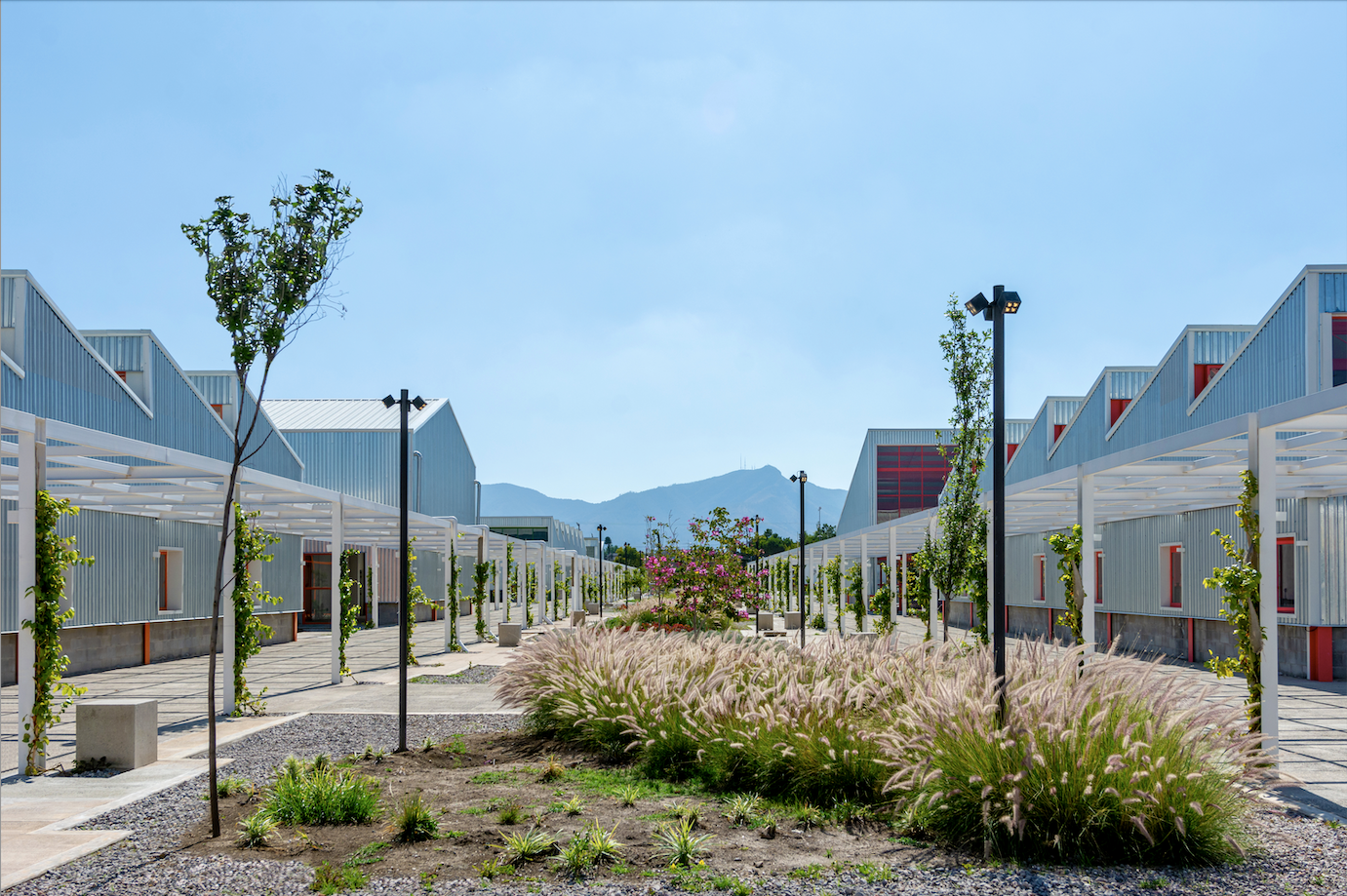 Mexico's Office of Urban Resilience creates projects that cities can learn from
Mexico's Office of Urban Resilience creates projects that cities can learn fromAt Office of Urban Resilience, the team believes that ‘architecture should be more than designing objects. It can be a tool for generating knowledge’
-
 Step inside this resilient, river-facing cabin for a life with ‘less stuff’
Step inside this resilient, river-facing cabin for a life with ‘less stuff’A tough little cabin designed by architects Wittman Estes, with a big view of the Pacific Northwest's Wenatchee River, is the perfect cosy retreat
-
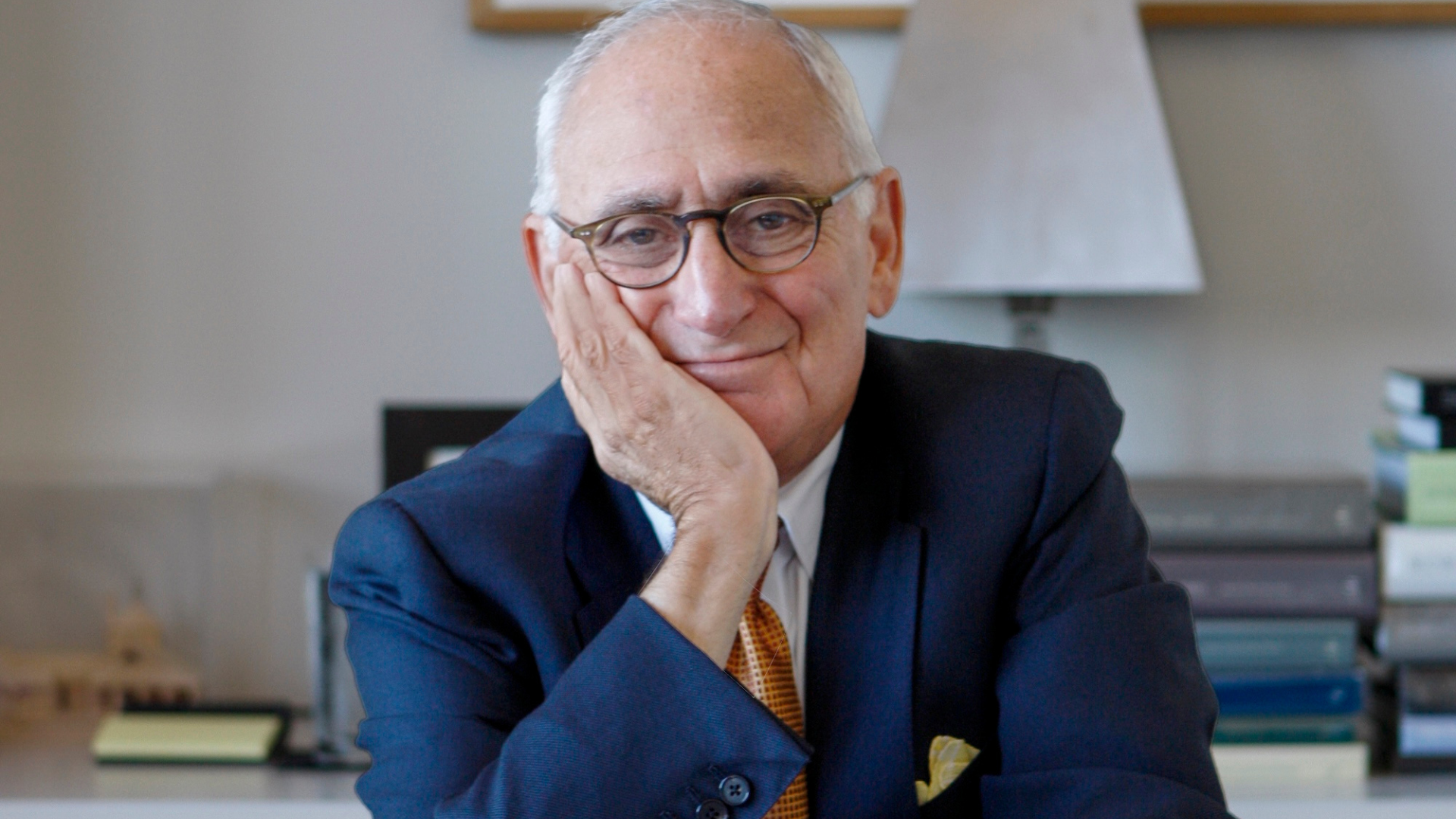 Remembering Robert A.M. Stern, an architect who discovered possibility in the past
Remembering Robert A.M. Stern, an architect who discovered possibility in the pastIt's easy to dismiss the late architect as a traditionalist. But Stern was, in fact, a design rebel whose buildings were as distinctly grand and buttoned-up as his chalk-striped suits
-
 Own an early John Lautner, perched in LA’s Echo Park hills
Own an early John Lautner, perched in LA’s Echo Park hillsThe restored and updated Jules Salkin Residence by John Lautner is a unique piece of Californian design heritage, an early private house by the Frank Lloyd Wright acolyte that points to his future iconic status
-
 The Architecture Edit: Wallpaper’s houses of the month
The Architecture Edit: Wallpaper’s houses of the monthFrom wineries-turned-music studios to fire-resistant holiday homes, these are the properties that have most impressed the Wallpaper* editors this month
-
 The Stahl House – an icon of mid-century modernism – is for sale in Los Angeles
The Stahl House – an icon of mid-century modernism – is for sale in Los AngelesAfter 65 years in the hands of the same family, the home, also known as Case Study House #22, has been listed for $25 million
-
 Houston's Ismaili Centre is the most dazzling new building in America. Here's a look inside
Houston's Ismaili Centre is the most dazzling new building in America. Here's a look insideLondon-based architect Farshid Moussavi designed a new building open to all – and in the process, has created a gleaming new monument
-
 Frank Lloyd Wright’s Fountainhead will be opened to the public for the first time
Frank Lloyd Wright’s Fountainhead will be opened to the public for the first timeThe home, a defining example of the architect’s vision for American design, has been acquired by the Mississippi Museum of Art, which will open it to the public, giving visitors the chance to experience Frank Lloyd Wright’s genius firsthand
-
 Clad in terracotta, these new Williamsburg homes blend loft living and an organic feel
Clad in terracotta, these new Williamsburg homes blend loft living and an organic feelThe Williamsburg homes inside 103 Grand Street, designed by Brooklyn-based architects Of Possible, bring together elegant interiors and dramatic outdoor space in a slick, stacked volume